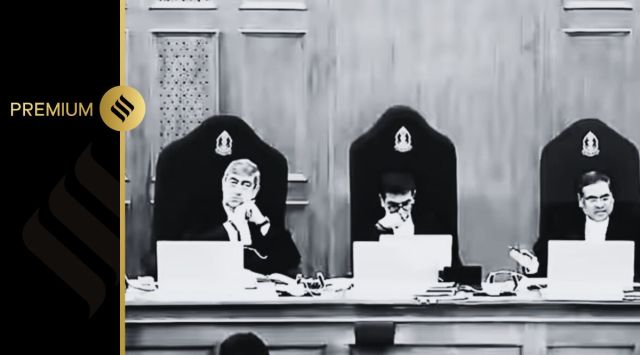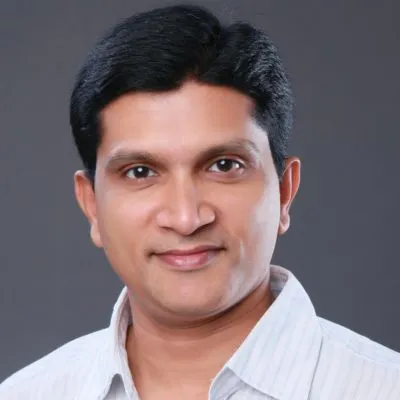A simple question from the audience to Chief Justice of India D Y Chandrachud during his recent trip abroad has brought about a visible uniformity in the Supreme Court – a set of newly refurbished chairs for the judges with backrest adjusted to the same height.

Over the years, the judges would customise their chairs according to their needs and comfort, said officials at the Supreme Court Registry. The uneven height of the chairs on the Bench never drew official attention until it was pointed out to CJI Chandrachud at an event he attended in the UK during the court’s summer recess from May 21 to July 2.
Story continues below this ad
At the event, a curious member from the audience, who had been watching court proceedings online, asked the CJI: “Can you tell me why the chairs have different heights in the Supreme Court?”
CJI Chandrachud was quick to realise that he had a point, and upon his return to India, conveyed this to his staff. They, too, agreed that it was a valid question. They said the different heights were because different judges get their chairs modified at different times, largely due to back issues because of the long hours at work.
The CJI then instructed the court officials that while the body of the chairs, including shoulder, neck, back and thigh support, can be customised, at least their height should be kept the same for aesthetic purposes.
The instructions were duly followed and by the time the courts reopened, the chairs were readjusted to the same height and given better back and shoulder support.
Story continues below this ad
Supreme Court Registry officials said these chairs were at least a few decades old although they were unable to give the exact year of purchase. The main frame of these chairs was never changed as the court wants to retain the traditional design, they said, but the back support upholstery was redone from time to time, depending on the requirements and preference of individual judges.
They pointed out that, for instance, former CJI N V Ramana had his seating adjusted to suit orthopedic requirements and so did the current CJI Chandrachud some years ago when he developed lower back problems.
Chairs are a lifeline for judges as they have to sit for long hours and the absence of modern features such as hydraulic height adjustment or push-back or swivel option, adds to the discomfort – especially for those with back problems.
Even the refurbishments do not appear to have addressed the ease of use issues as Justice Surya Kant, who too has back problems, was seen using a smaller office chair during the hearing of petitions challenging the changes made to Article 370 of the Constitution on August 2.









